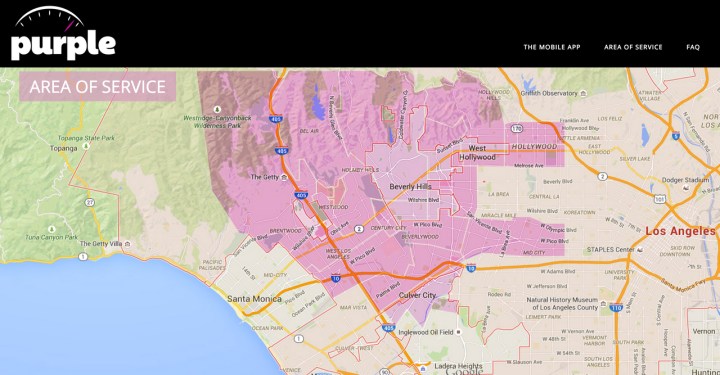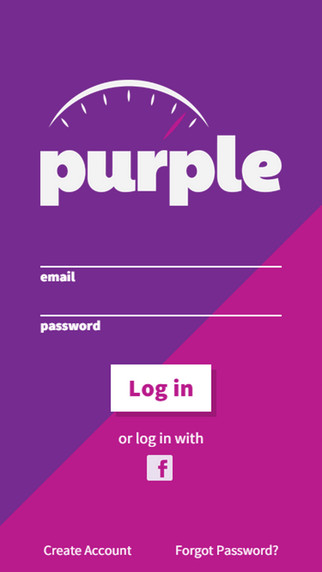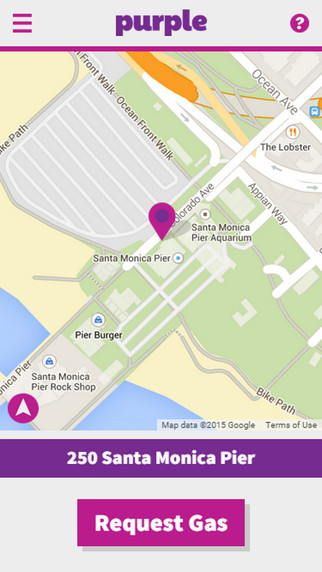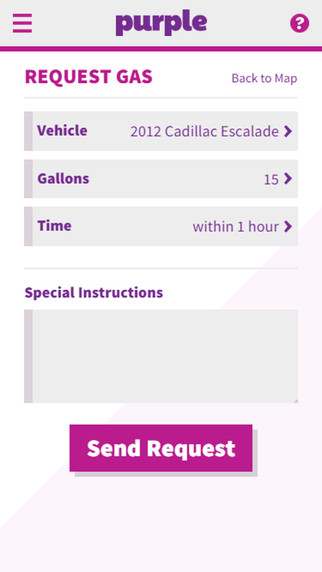
Before the days of cellphones, you had two choices — plead with strangers for help or hoof it to the nearest gas station. In 2015, though, fueling up can be as simple as checking your Facebook or hailing an Uber.
Purple, an on-demand gas delivery service, set its roots in Los Angeles in May, and has since served some 15,000 customers. That’s 15,000 people saved from hauling heavy fuel cans or stalling at intersections, and it was all done through a free smartphone app. Available for Apple and Google devices, Purple lets you order, schedule, and pay for gas remotely, after which the company sends out a vehicle replenishment specialist to top you off.
“Convenience is the first motivation,” founder Bruno Uzzann told Business Insider. “Cars are more and more connected, and there is the vision that one day you won’t have to go to the gas station, or even order Purple. The car itself will automatically order gas. All the technical aspects are there.”
The majority of Purple’s customers have been wealthy car buyers driving luxury vehicles, generally centered around spendy areas like Beverley Hills, Santa Monica, and West Hollywood. The service has the potential to spread outside of the LA Metro area, though, and the firm has gained a powerful ally to help them do just that — Oscar Salazar, chief product and technology officer at Ride and Uber’s founding CTO.
Purple users have two choices for fuel: 87 octane for $3.79 a gallon 91 octane for $3.99 a gallon. Fuel is delivered in 10- or 15-gallon amounts, and can be scheduled to arrive within one hour or three hours. There are no transportation fees yet — Purple says it’s waiving the charges initially to inspire growth — but it will eventually costs $2.99 for a three-hour delivery and $5.99 for a one-hour delivery.
You don’t even have to be with the vehicle while it’s being filled, just make sure to leave that fuel door unlocked.
Editors' Recommendations
- Thousands of delivery robots to join Uber Eats
- Uber is on the verge of buying Postmates, report claims
- Coffee lovers, Starbucks and Uber Eats are going all-in on U.S. deliveries
- Uber Eats’ drone delivery service could see Big Macs hit speeds of 70 mph
- Uber puts Eats back into its ridesharing app to tempt you to order more meals





